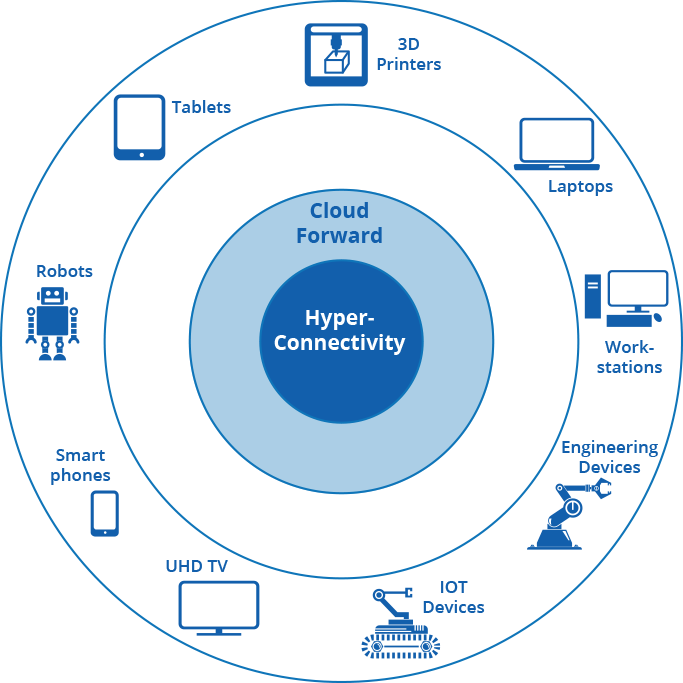 As your enterprise moves towards cloud and mobility enabled workflows, critical decisions must be addressed to optimize your network and work force productivity.
As your enterprise moves towards cloud and mobility enabled workflows, critical decisions must be addressed to optimize your network and work force productivity.Cobalt works with your existing infrastructure tools to securely aggregate and analyze data from multiple collection points. Critical asset and resource decisions benefit from near real-time data driven knowledge that is continuously collected, analyzed and acted upon.
Everything connected to your network, including cloud services and linkages, have a story to tell. Cobalt learns from all things that impact an enterprise network, providing insight, control and data driven automated response.
Sub head: Cobalt provides a visualization layer that gives the Enterprise and its users data driven insight and control to optimize network performance and work force productivity.
